Moglix expanding ESOPs Pool by $10M covering 300+ employees
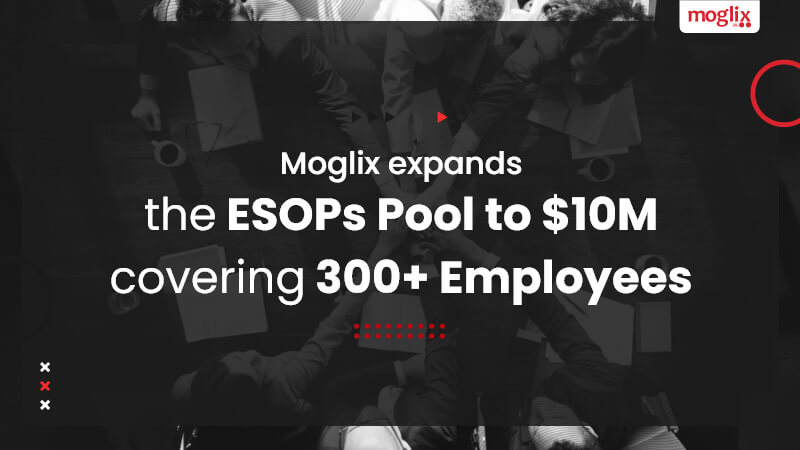
Moglix expanding ESOPs Pool by $10M covering 300+ employees
Moglix has expanded its ESOP pool further by $10 Million to include more than 300 employees under the program. We have also announced an ESOP buyback program worth $3 Million for all eligible employees with vested stocks on the heels of its recent fundraise. Employees will be able to sell up to 25% of their vested shares during the buyback.
“We believe ESOPs represent ownership mindset and belief in the vision. Typically B2B and Manufacturing are not seen as attractive sectors for talent. But through our ESOP program and our work culture, we want to make it rewarding and meaningful to work in B2B. We want to enable long-term wealth creation for employees and recognize their contribution and commitment.”
says Rahul.
One of the early joiners, Pankaj Kumar, who heads engineering and has been with Moglix for five years, shares, “Participating in the ESOP buyback was my “KBC” moment. You don’t imagine the scale of impact ESOPs can make in wealth creation, it can bring multi-generational change in just a few years. I have not encashed most of my ESOPs, as I know that no other investment can give these kinds of returns, and this is the confidence I have in the potential of Moglix.”
Moglix recently entered the unicorn club with the latest fundraising round from Falcon Edge Capital and Harvard Management Company. With end-to-end supply chain operations from sourcing to financing, 30+ warehouses, and a team strength of ~1000 employees, Moglix is Asia’s largest and fastest-growing B2B Commerce company focused on manufacturing and infrastructure
Moglix CEO on building the Catalogue for India
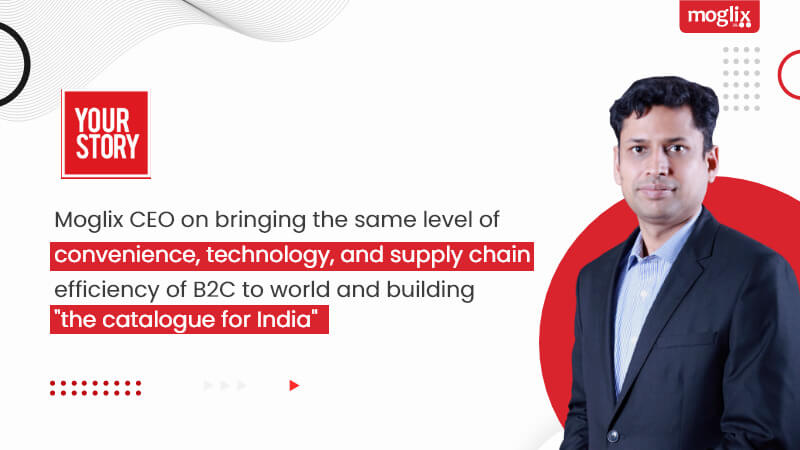
Moglix CEO on building the Catalogue for India
“India operated pretty much without catalogues pre-Moglix. I would take the liberty of saying that Moglix is the catalogue for India.”
This is a powerful statement. But in his 15 years of professional career and six years of entrepreneurial journey, Moglix Founder and CEO Rahul Garg has proved that it can be the most disruptive company in the manufacturing sector globally.
“I started with the goal to bring the same level of convenience, technology, and supply chain efficiency that we see in our consumer world to the B2B world. And that is how we will build the infrastructure and capabilities, which will be required in the next 20 to 50 years for our country to become a manufacturing infrastructure powerhouse across the world,”
says Rahul.
Rahul’s ambition is to see India become a $10 trillion economy over the next 10 years, but that would need a collective effort from the country, he says.
While Moglix is busy strategising its global expansion plans, Rahul emphasis that the dent is far smaller given the size of the sector.
Strengthening the supply chain of essential equipment and vaccines

Strengthening the supply chain of essential equipment and vaccines
After leaving a trail of death and disaster the second wave of Covid-19 is finally showing signs of abating. This is a golden opportunity for all stakeholders in India’s manufacturing supply chain to act now to delay the third wave.
The only long-term solution to fight Covid is vaccination. Central consolidation of vaccine procurement to the tune of 75%, with a 25% window for private hospitals will resolve several vaccine supply chain challenges. As seen in the case of Operation Warp Speed in the United States, a centrally administered vaccine procurement model will alleviate the bad Nash equilibrium emanating competition among state governments to procure vaccines on their own and foster greater collaboration.
Long-Term Focus: A National Supply Chain Stress Test for Critical Resources
A national supply chain stress test for critical resources may be conducted every financial quarter.
It should consist of three layers of descending priority levels:
- To encompass items covered under the Essential Commodities Act.
- To include the raw materials required by vaccine manufacturers deployed in the COVID19 vaccine.
- To cover materials required in the infrastructure vertical.
Mukund Vasudevan joins team Moglix as SVP :Strategic Partnerships
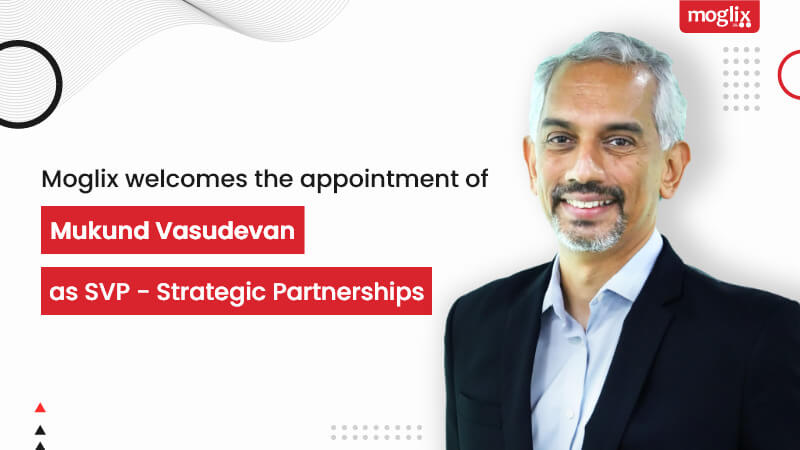
Mukund Vasudevan joins team Moglix as SVP :Strategic Partnerships
Mukund Vasudevan joins Moglix as SVP, Strategic Partnerships. He will be leading large transformation initiatives for Moglix customers and vendors globally. Vasudevan brings over 28 years of global leadership experience in the manufacturing and chemical sectors
I am passionate about manufacturing and making in India for the world. I am excited about Moglix’s vision to create the operating system of the future for the manufacturing sector. I look forward to being a part of the Moglix journey to make B2B supply chains more efficient through the use of technology,
Vasudevan said.
B2B Commerce Unicorn Moglix Acquires Vendaxo
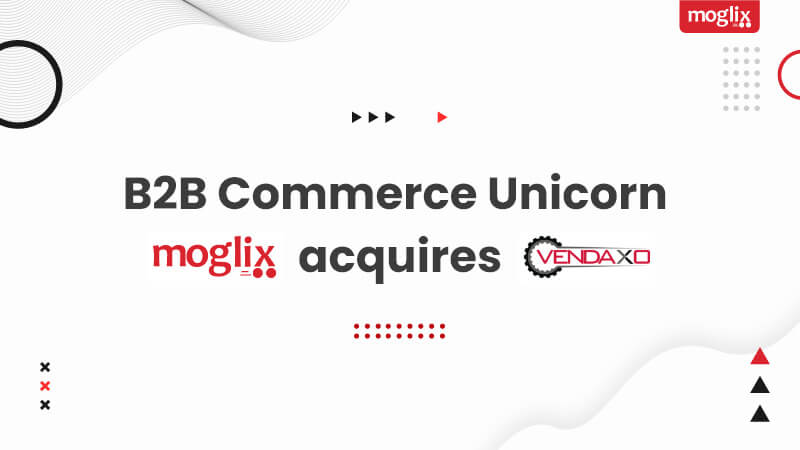
B2B Commerce Unicorn Moglix Acquires Vendaxo
Moglix is proud and delighted to announce our recent acquisition of Vendaxo, an e-commerce platform for buying and selling used machinery. In a quest to build the operating system for the manufacturing sector, this acquisition will bring together complementary portfolios of manufacturing assets and will enable us to provide faster and scalable solutions to a larger number of customers at ease.
Vendaxo provides used machinery liquidation solutions to MSMEs and companies like Siemens, Arvind India, Marico, Raymond, and Torrent Pharma. This integration of Vendaxo in the Moglix ecosystem will prove to be a significant step in strengthening the vision of creating a sustainable and capital-efficient manufacturing ecosystem.
Supply Chain Consulting
Supply Chain Consulting
Spend Management
Spend Management
Procurement
Procurement
Packaging Design
Packaging Design
Enabling the Future of Oxygen Concentrator Procurement
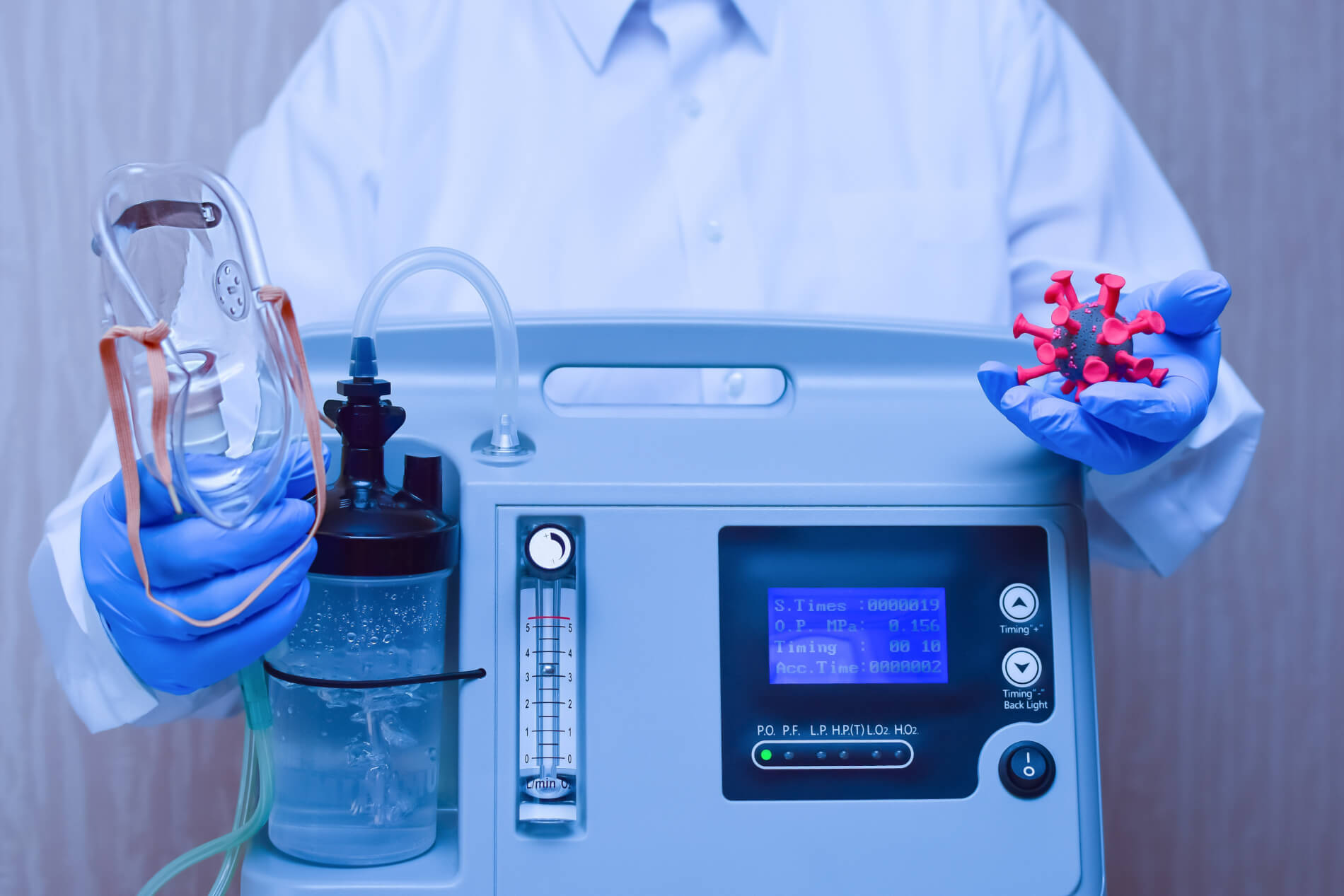
Enabling the Future of Oxygen Concentrator Procurement
The second wave crisis of COVID-19 in India has sparked the need for oxygen concentrator procurement to meet the shortage of oxygen supply across the health continuum. The demand for concentrators has increased from 40,000 per year to 30,000–40,000 per month. If your NGO or resident’s welfare association (RWA) is looking for reliable oxygen concentrator procurement solutions, we have got you covered.
Why Should Your RWA and NGO Procure Oxygen Concentrators?
As patients battle for bed and medical oxygen supply, oxygen concentrators can play a significant role in moderate and extreme in-home/clinic treatment. Usage of these concentrators can ease the strain on hospitals while providing patients with a much-needed window to plan their medical treatment.
What Are the Benefits of an Oxygen Concentrator Bank?
An Oxygen Concentrator Bank or a streamlined oxygen refilling bank with a standardized operating procedure covering clinical guidelines will be beneficial to smoothen the collection and distribution of oxygen concentrators. It will be an efficient service that can be initiated by the local authorities to help thousands of families in distress and urgently need oxygen.
It will eventually help balance the demand and procurement ratio so that enough oxygen is available to overcome the prevailing demand of hospitals and residents. How can you create an oxygen concentrator bank for your RWA and NGO?
Here are five tips on oxygen concentrator procurement for NGOs and RWAs.
1. When to use oxygen concentrators?
Oxygen concentrators can only be used in mild cases of COVID-19 when the patient’s oxygen levels are dropping and the oxygen requirement is at a maximum of 5 liters per minute. Use an oxygen concentrator only for mild and moderate cases when oxygen saturation is >90%.
Patients with mild COVID-19-induced pneumonia with an oxygen saturation of less than 94 will benefit from extra oxygen administered by an oxygen concentrator, but only before the need for hospitalization arises.
You are not at risk of oxygen poisoning if you follow your doctor’s professional judgment in your oxygen therapy.
2. What should be the order size?
Keep 1%–2% of community strength as the number of oxygen concentrators required. The appointment of police officials and managers to coordinate with the RWAs for the smooth working of the oxygen cylinder bank should be the critical point of the SOP.
Each specified official should be responsible for a specific task to ensure the delivery of the refilled cylinder to the deserving family or candidate, getting the cylinder back when the need for refilling is over, then allocating it to the NGOs and RWAs.
3. How to ensure equitable distribution?
Local authorities should accept all types of oxygen concentrators and cylinders from residents. The refilled oxygen concentrators and cylinders should be given to respective NGOs and RWAs to further lend them for a few days as per the need.
The usage terms to borrow a concentrator for 3–7 days should be part of the SOPs. Moreover, NGOs and RWAs should receive refilled cylinders within 24 to 48 hours, which will help to deal with critical patients in a decentralized manner. The division of specific time slots to procure an oxygen cylinder, collect empty cylinders, send to refill, and allocate a filled cylinder will create an efficient distribution system. A special team can parallelly procure oxygen and collect medical documents and carefully check the prescription of the person needing it to validate the demand.
Additionally, volunteers can help organize home quarantine programs, mental health counseling services, a volunteer SOS task group, insurance coverage, and a COVID support fund for the COVID warriors and workers who keep the vital supply chain going.
4. How to ensure safety and hygiene rules?
Ask the oxygen cylinder suppliers to sanitize and hold back used oxygen concentrators 24 hours before subsequent use. Check for the flow rate capabilities of the oxygen concentrator before distribution so that high and low flow rate concentrators can be collected and distributed separately.
With the help of local government officials, senior colleagues, and administrators, create an oxygen guideline. The SOP should include a training scheme for physicians, nurses, and other oxygen users—implementing the agreed-upon hospital strategy and creating dosage and patient observation sheets to help standardize oxygen therapy.
5. How to track and trace orders and deliveries?
Ask for a dedicated resource for your community from the supplier to act as a single point of contact. Coordinating with the oxygen cylinder bank, oxygen concentrator suppliers and a collaborative effort to make different zones within the specific area for refilling the cylinders will help reach the required facility on time.
With these tips, NGOs and RWAs can make the procurement and distribution of oxygen concentrators efficient. The oxygen supply chain workers and the NGOs and RWAs looking for oxygen cylinder procurement should consider the following points:
- Check for the power consumption, warranty, size, and portability of the oxygen concentrator. The noise level should be between 40 and 58 decibels.
- Avoid being close to open flames while using an oxygen concentrator or tank. Keep a distance of at least 10 feet from open flames. Ensure that cigarettes, lamps, and gas stoves are out of reach.
- When using oxygen treatment, avoid using an electric razor; they have a knack for spitting sparks.
- When using supplemental oxygen, avoid putting on or taking off clothing that is vulnerable to static electricity.
- Since oil- and petroleum-based materials are flammable, please do not use them on the face while using oxygen.
Please contact us at info@moglixbusiness.com if your NGO or residents’ welfare association is looking for oxygen concentrator procurement solutions. We can assist you in establishing comparable group-sharing models for your local community and share our expertise and SOPs with you. Let us collaborate now to make a difference in people’s lives! Contact Us

 My vision for Moglix is to change the face of industrial commerce: Rahul Garg
My vision for Moglix is to change the face of industrial commerce: Rahul Garg Now and Next in the Infrastructure Sector
Now and Next in the Infrastructure Sector Moglix enabled Agile MRO Procurement at Scale through Workflow Digitization of large EPC company
Moglix enabled Agile MRO Procurement at Scale through Workflow Digitization of large EPC company